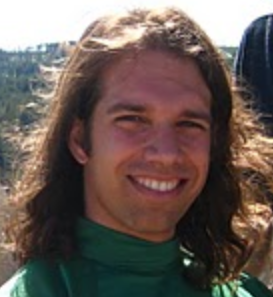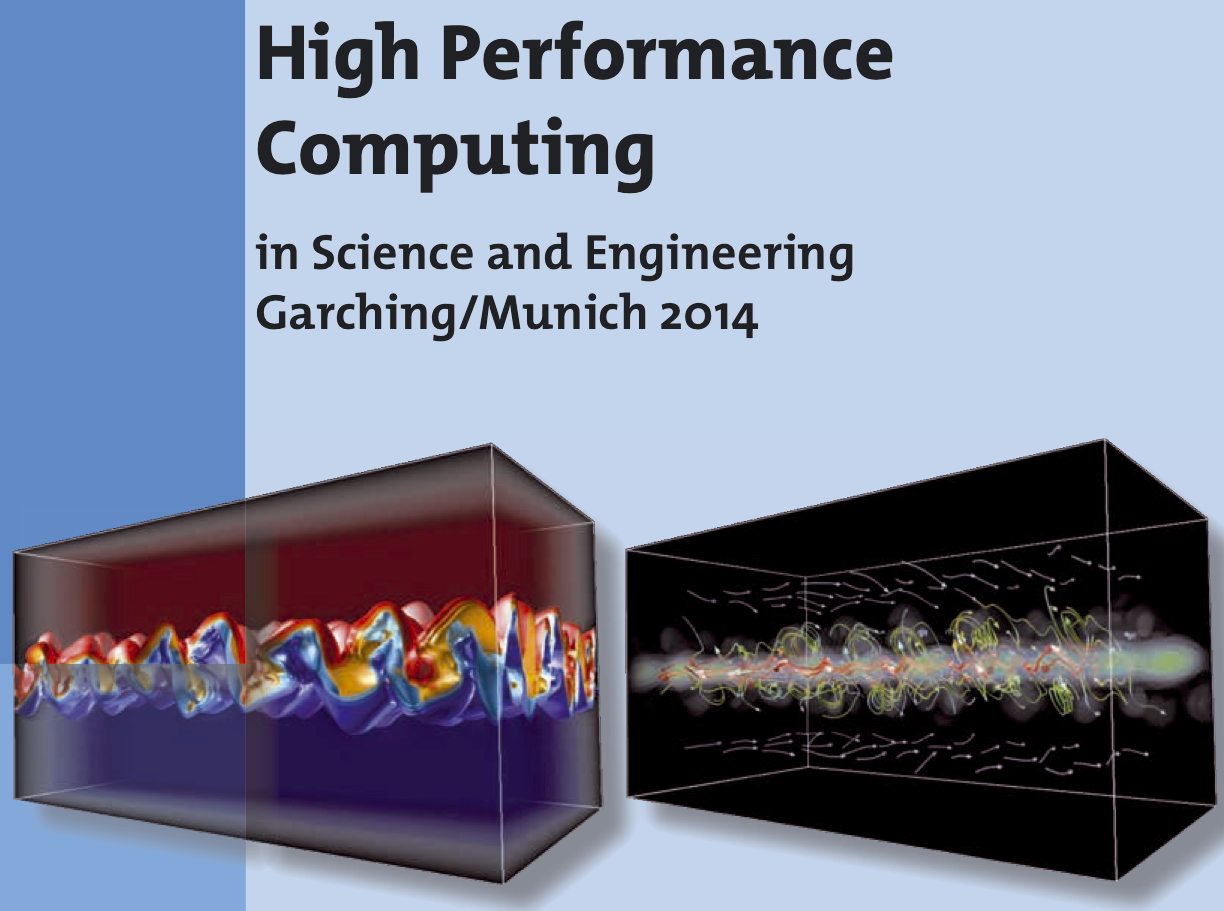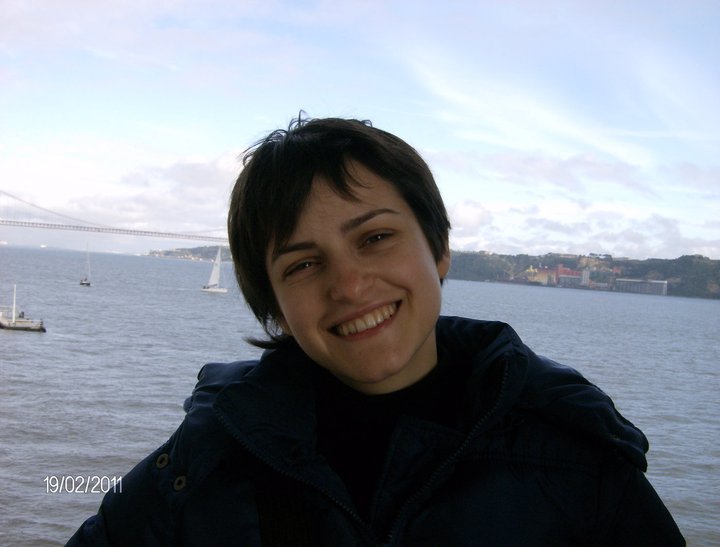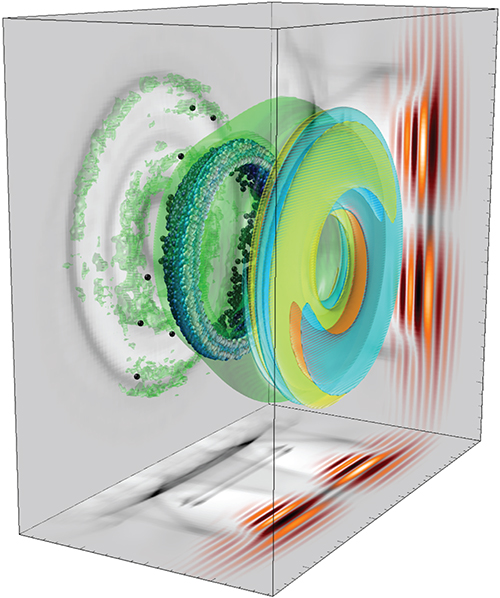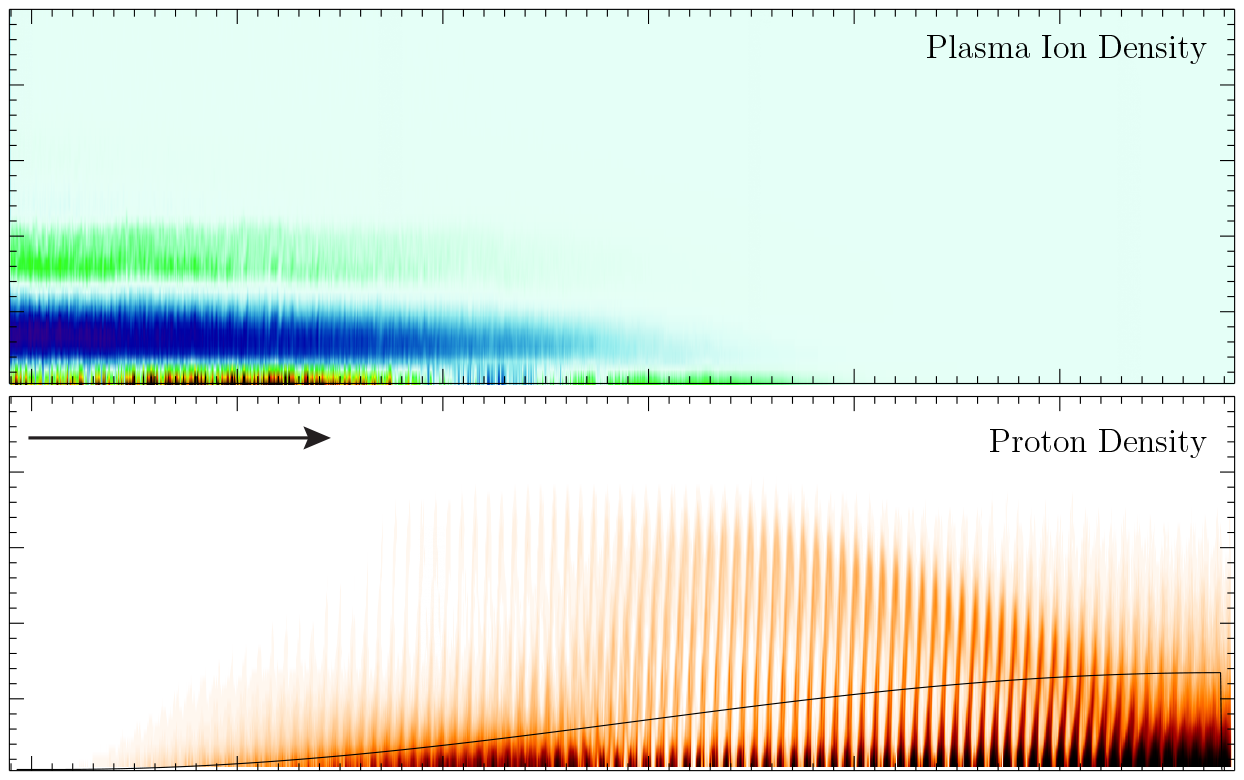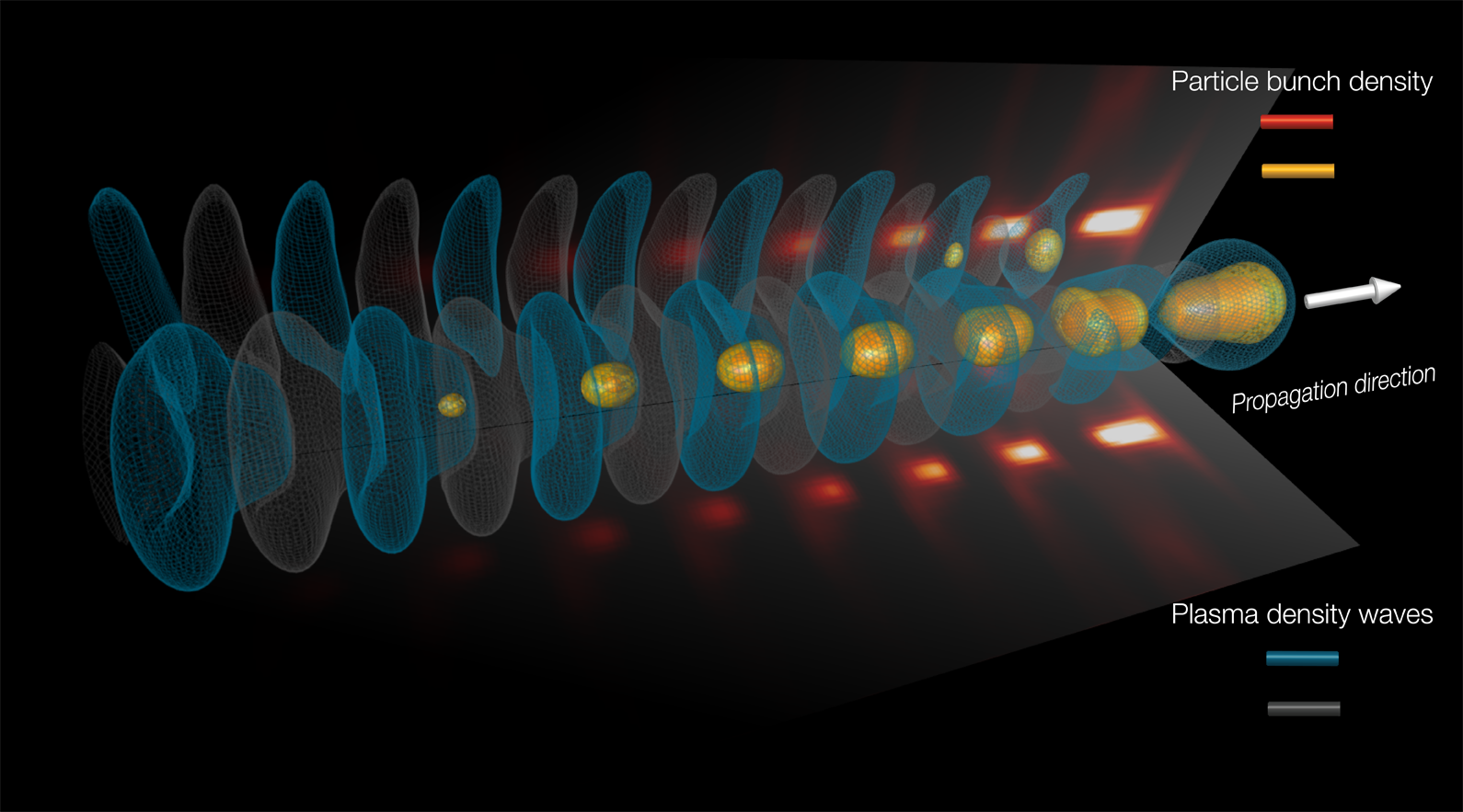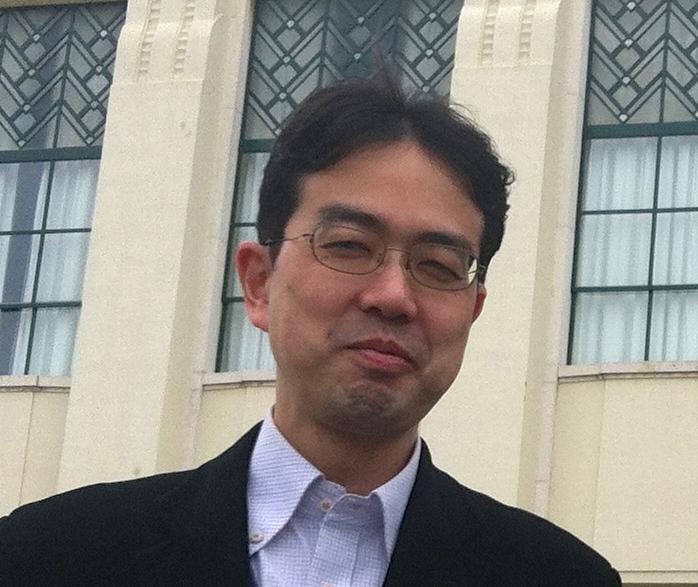-
Kevin Schoeffler joins epp team as postdoctoral fellow
Read moreKevin Schoeffler has joined our team as a post-doctoral fellow to work on magnetic field dynamics generated in conditions associated with intense laser-plasma interactions and on fundamental questions associated with magnetic reconnection resorting to massively parallel kinetic simulations.
September 4, 2014 -
André Lopes joins epp team for MSc thesis
Read moreAndré Lopes has joined the epp team for his MSc thesis at IST (MEFT). His thesis will be focused on the exploration of nonlinear processes in plasma metamaterials working in close collaboration with Paulo Alves.
September 4, 2014 -
Paulo Alves awarded ENAA Outstanding Talk Prize
Read more
Paulo Alves has been awarded the ENAA Outstanding Talk Prize at the “XXIV National Meeting of Astronomy and Astrophysics” organized by the Portuguese Society of Astronomy held in Porto (July 17-18, 2014). Paulo presented his latest results on large-scale magnetic field generation via electron-scale instabilities in unmagnetized shear flows.
July 24, 2014 -
KHI on the cover of the Transactions for the SuperMUC Review Workshop
Read moreA picture produced by Paulo Alves and Thomas Grismayer is featured on the cover of the Transactions for the SuperMUC Review Workshop which reports the main scientific achievements obtained with SuperMUC in the past year. A report by Jorge Vieira is also included in these transactions.
June 28, 2014 -
PhD awarded to Elisabetta Boella
Read more
On May 22, Elisabetta successfully defended her PhD thesis entitled “Ion acceleration driven by intense laser pulses” at Politecnico di Torino (dual degree with Doutoramento in Physics at IST). Many congratulations to Elisabetta!
May 30, 2014 -
Positron acceleration in a doughnut plasma wave published in Physical Review Letters
Read moreTheory and numerical simulations suggest that lasers can create doughnut plasma wakes for positron acceleration in compact plasma accelerators. One of the fundamental challenges for designing a plasma based linear collider is to accelerate positrons in non-linear plasma wakefields. Researchers have long considered that this regime, which can lead to very high accelerating fields, could not be used to accelerate positrons. Using particle-in-cell numerical simulations, EPP team member Jorge Vieira in collaboration with José Tito Mendonça from the Group for Lasers and Plasmas at IST, showed that lasers carrying angular orbital momentum excite doughnut shaped strongly non-linear plasma waves for high-energy positron acceleration. These results may then open the way for future designs of compact plasma based linear colliders in strongly non-linear regimes. More information can be found here.
May 28, 2014 -
Suppression of plasma ion dynamics studied in paper published in Physics of Plasmas
Read moreThe largest plasma based acceleration experiment in the world has been approved at CERN. This experiment will use 0.5 TeV proton bunches to drive intense plasma waves capable to accelerate particles to high energies. One of the physical questions to be clarified is the role of the background ion motion. This work carried out by EPP team members Jorge Vieira, Ricardo Fonseca and Luís Silva, in collaboration with Warren Mori from University of California, Los Angeles, shows that the the background plasma ion motion can strongly reduce accelerating fields. The work also identifies gases that could be used to avoid the deleterious effects associated with the motion of the background plasma ions. More information can be found here.
May 28, 2014 -
Simulations of stable self-modulated wakefields published in Physical Review Letters
Read moreOne of the challenges in future plasma based acceleration experiments at CERN and at SLAC using long hadron and lepton bunches is to stabilise the driver beam propagation for long propagation distances. In these experiments the beam dynamics will be dominated by competing mechanisms between self-modulation, which leads to large accelerating fields, and hosing, which leads to beam break-up. The work by EPP team member Jorge Vieira in collaboration with Patric Muggli from Max Planck Institute for Physics in Munich and Warren Mori from University of California, Los Angeles, shows conditions where a new mechanism for hosing suppression can operate. More information can be found here.
May 28, 2014 -
Magnetogenesis explored in simulations published in Physical Review Letters
Read moreThe universe is filled with magnetic fields. However, it is widely accepted that in the early universe they did not exist. An important scientific question is how these magnetic fields could have grown from nothing to the level we find them today. epp team members, Ricardo Fonseca and Luís O. Silva, collaborated with Kevin Schoeffler, and Nuno Loureiro on a paper published in Physical Review Letters addressing this issue. They demonstrate using first principle simulations how magnetic fields are formed by only gradients in the pressure and density. This generation of magnetic fields also plays an important role in many high power laser experiments, which generate magnetic fields on the order of megagauss. These fields form via both the previously predicted Biermann battery mechanism as well as a kinetic plasma instability known as the Weibel instability, depending on the system parameters. These results should have an important impact on both the…
May 10, 2014 -
Prof. Osamu Sakai visits GoLP
Read moreProf. Sakai (Kyoto University), the pioneer of plasma metamaterials, has visited GoLP to deliver a GoLP VIP Seminar on March 26 and to discuss ongoing collaborations and joint projects on plasma metamaterials
April 10, 2014
extreme plasma physics > News

